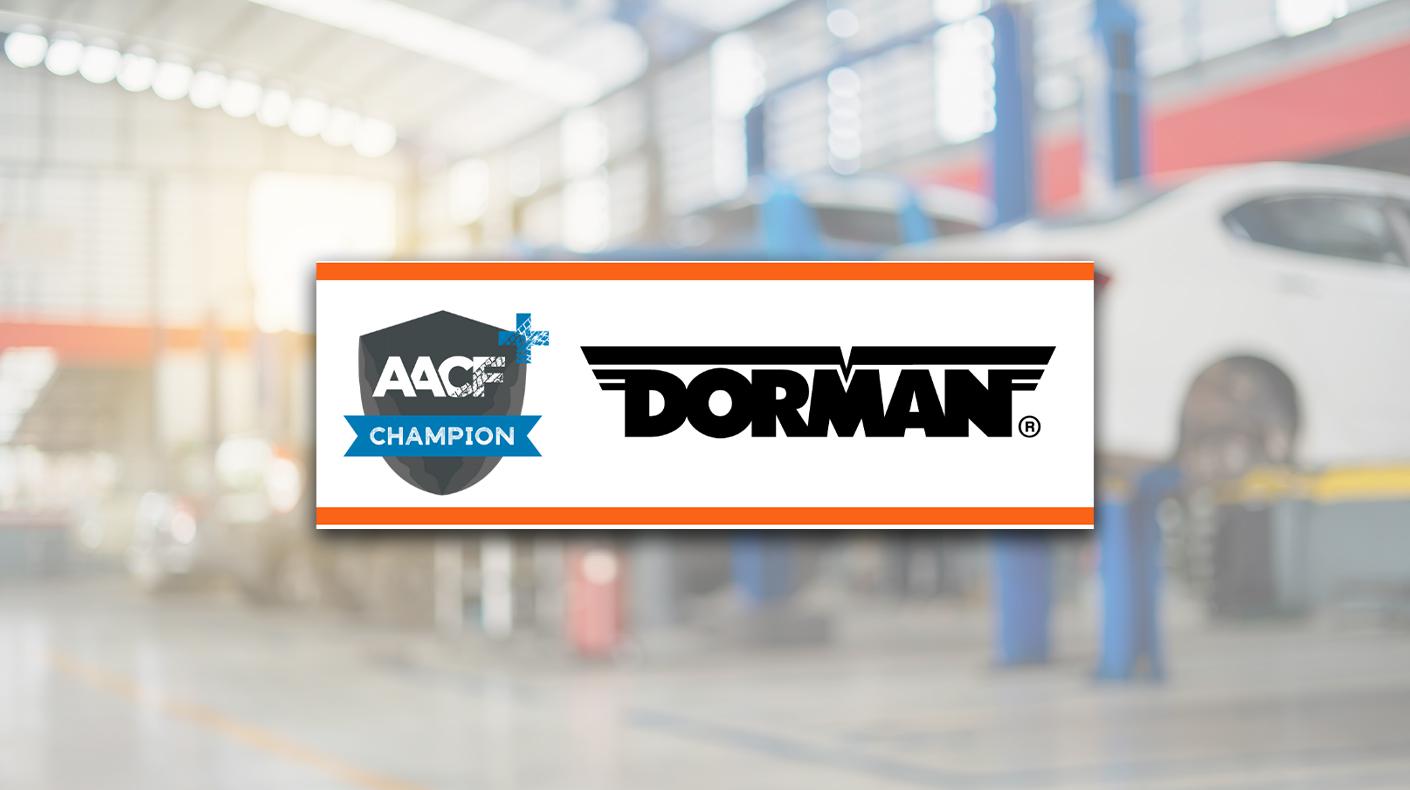After taking a hit in March, the SEMA PADI recovered by 14 points in April, showing that consumers were feeling more optimistic about spending their money on automotive specialty-equipment last month. The current PADI reading is at 56, jumping 35% from a March reading of 42. The current index value translates to 15% of adult American drivers (or approximately 15 million households) now making plans for specialty-equipment purchases over the next three months.
The charts below show both the index values (black line, values on the left of graph) as well as the percentage of consumers indicating plans to purchase specialty equipment in the coming three months (blue, dashed line, values on the right of graph).

Several factors contribute to fluctuations in demand by mainstream consumers for specialty-equipment parts and accessories. In March, U.S. new-vehicle sales increased 15% compared to February, and sales of specialty equipment historically show seasonal shifts similar to new-vehicle sales. Consumers are still feeling the effects of a slow economy, which can explain why the SEMA PADI was lower in April 2008 compared to the same month last year.
Market research firm TechnoMetrica's TIPP Economic Optimism Index declined 3.3 points, or 7.8% in April, reaching 39.2 vs.42.5 in March. April’s reading represented an all-time low for the Index and the first time in its history that it has come in at a reading below 40.0. This monthly economic survey is sent to consumers in order to gauge their attitudes toward economic prosperity and continues to show a steady decline following a drop in 2007.

PADI In-Depth
By product, specialty accessories and appearance products were the most popular specialty-equipment products consumers were likely to purchase (10% or about 10 million households) in April, up from 6% in March. This increase is even more pronounced compared to the reading in April of 2007, where only 5% of consumers planned to purchase. This most recent reading shows a 120% increase in demand for appearance and accessory products when comparing this year’s Index value compared to 2007.
Wheels, tires and suspension components were the second product preference, with 8% (about 8 million households) indicating plans to purchase, identical to those surveyed in March. This reading is 5% less than those surveyed in April 2007, however.

About 7% or about 7 million households indicated that they plan to purchase racing and performance products within the next three months, an increase from 4% in March but steady compared to the 7% reading in April 2007.

Over the last three months, on average, pickups (27%) were the most common target vehicles for enhancement or modification, followed by midsize and compact cars (16% each) and fullsize cars (13%).
Independent parts stores (23%), car dealerships and online venues (17% each) were the most popular purchase destinations among those planning to enhance their vehicles, followed by chain auto parts stores with 11% of the vote.
When specialty-equipment buyers were asked this month what form their vehicle would take after customization, the most common answer was “general personalization” or restyling, (41%) followed distantly by “off-road” (15%), “restoration” (13%) and “street performance” (13%).
Methodology
Although similar to economic indexes, the index SEMA has been working on is not designed to report past activity, but rather consumers’ expectations of future purchases from the specialty-equipment industry.
The Indices track consumers’ plans to purchase performance parts and/or accessories within the next three months after each respective survey. This will help provide a rough forecast for demand of specialty equipment in the near future. The SEMA Performance Parts and Accessories Demand Index (PADI), and each of the three sub-indices, is a weighted composite index computed relative to its own baseline value, calculated by taking an average of January through March 2007 raw percentages.
This average is then set to 100, and each month’s index is computed relative to the change from its baseline. The indices and their movements are projectable to the national market for specialty-equipment products, which consists of more than 114 million U.S. households.
SEMA has contracted with TechnoMetrica to gather the data used in building and maintaining the PADI. Each month TechnoMetrica uses a Random Digit Dial (RDD) telephone survey to collect the data in order to provide a nationally representative sample of U.S. consumers. Typically the responses total between 850 and 1,000 in any given month. The margin of error is normally within the plus or minus 3%–4% range.
Although the PADI is not a precise measure of absolute future purchasing activity, it is nonetheless a tool for understanding and predicting industry sales. There are two ways of interpreting the PADI: its "direction," whether rising or falling, and also the values themselves, which provide a guide as to the degree of change in consumer expectations for purchasing industry products.
For more original industry insight, please visit www.sema.org/research.





